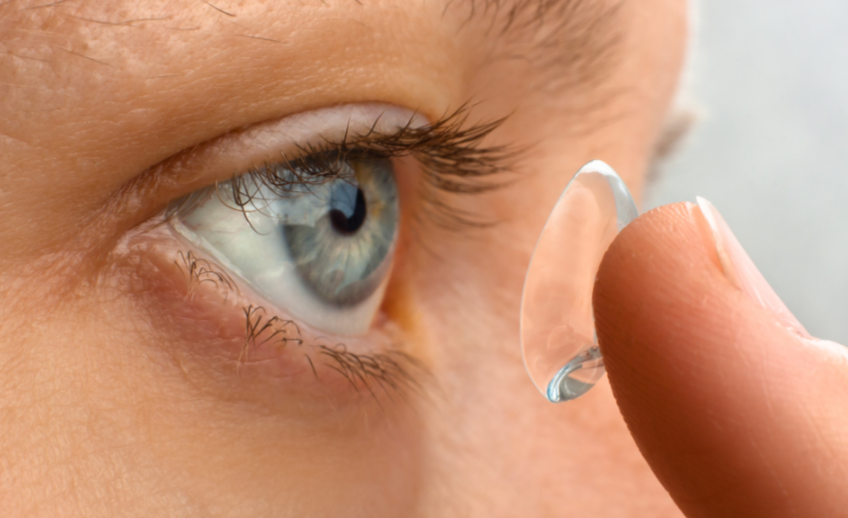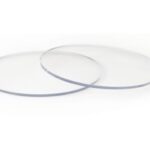Anti reflection coatings minimize the reflection of one or many wavelengths and are typically used on
the surface of lenses so that less light is lost. A simple coating can be designed to minimize the
reflection on an interface between two materials by providing an extra material for light to interact
with. This can reduce the total reflection
coefficient of the system by having light
reflect from two interfaces where each
interface has a smaller difference in
refraction indices than the original interface.
This type of coating is an anti reflection
coating, and the optimum refractive index of
the coating to minimize the total reflection
coefficient is given by the geometric mean of
the two materials that made up the original interface.
As an optometrist, one of the most common requests from patients is to reduce the glare on their
glasses. This is where anti-reflection coating comes in, a technology that has revolutionized the way
we see and use glasses.
Anti-reflection coating, also known as AR coating, is a thin film of metal oxide that is applied to the
surface of lenses to reduce reflection and improve vision. The coating works by allowing more light to
pass through the lens, which in turn reduces the amount of light that is reflected back to the eye. This
results in clearer vision, improved visual comfort, and better aesthetics.
In this blog, we will delve deeper into the science behind anti-reflection coating, its benefits, and how
it is applied by optometrists.
The Science Behind Anti-Reflection Coating
To understand how anti-reflection coating works, it is important to understand how light behaves
when it hits a surface. When light strikes a surface, some of it is absorbed, while the rest is either
transmitted through the material or reflected back. This reflected light can cause glare, making it
difficult to see clearly, especially in low-light conditions.
Anti-reflection coating works by altering the way light behaves when it hits a surface. The coating
consists of multiple layers of metal oxide, each with a different refractive index. The refractive index
of a material is a measure of how much it bends light. By carefully controlling the thickness and
composition of each layer, the coating can be designed to reduce the amount of light that is reflected
back to the eye.
The Benefits of Anti-Reflection Coating
There are several benefits of anti-reflection coating that make it a popular choice among patients.
These include:
1.Reduced glare: Anti-reflection coating reduces glare by minimizing the amount of light that is
reflected back to the eye. This makes it easier to see in bright light conditions, such as when driving at
night or using a computer.
2.Improved vision: By allowing more light to pass through the lens, anti-reflection coating can
improve the clarity of vision, especially in low-light conditions. This can be particularly beneficial for
patients with conditions such as cataracts, which can cause vision problems in low light.
3.Better aesthetics: Anti-reflection coating can make glasses look more attractive by reducing the
reflections on the lenses. This can be particularly beneficial for patients who wear glasses for cosmetic
reasons.
4.Increased durability: Anti-
reflection coating can also
increase the durability of glasses
by protecting the lenses from
scratches and other damage.
Applying Anti-Reflection Coating
Applying anti-reflection coating is a delicate process that requires specialized equipment and training.
Optometrists typically work with optical labs to apply the coating to lenses.
The first step in applying the coating is to clean the lenses thoroughly to remove any dirt, oils, or
other contaminants. The lenses are then placed in a vacuum chamber, where the coating is applied in
a series of thin layers. The exact composition and thickness of each layer will depend on the type of
coating being used and the specific needs of the patient.
Once the coating is applied, the lenses are removed from the vacuum chamber and inspected for
quality. The lenses may then be polished and cut to the correct size and shape before being fitted into
frames.
Conclusion
Anti-reflection coating is a powerful technology that has transformed the way we use glasses. As an
optometrist, it is important to understand the science behind anti-reflection coating, its benefits, and
how it is applied. By offering anti-reflection coating to patients, optometrists can improve their vision
and overall quality of life.








